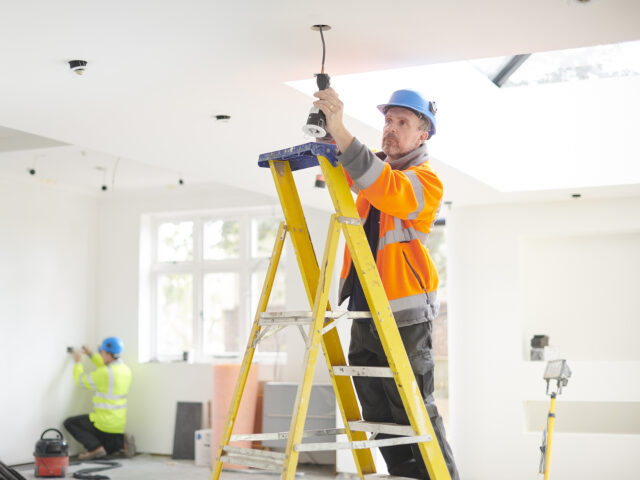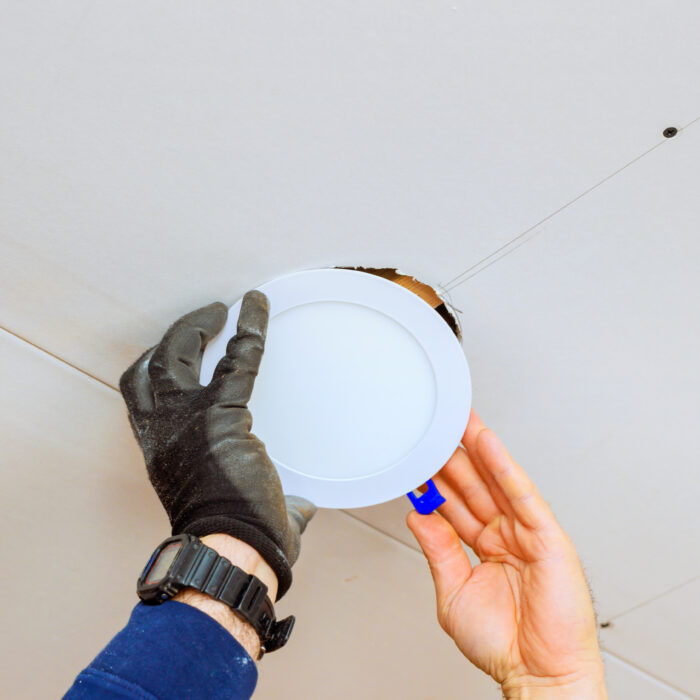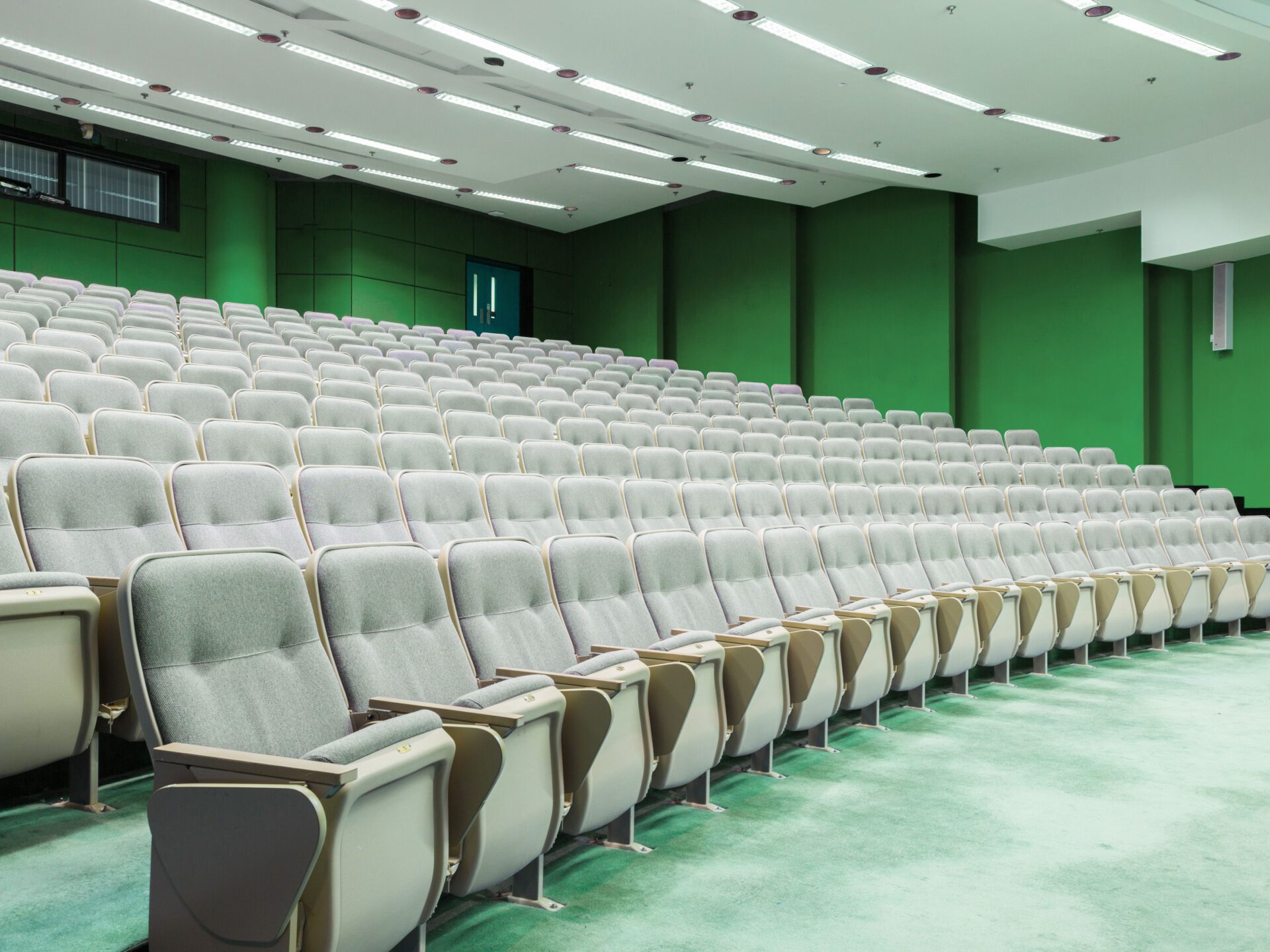Sustainable Lighting Solutions


GreenTech Energy has been a leader in delivering turnkey lighting solutions and optimizing energy efficiency for commercial and industrial facilities for more than 30 years. Our comprehensive approach ensures a seamless client experience at every stage of the process, including:
- Lighting audits
- Lighting surveys
- Custom lighting designs
- LED retrofits, including installation
- Measurement and verification
- Utility rebates
Our services are designed to provide a holistic transformation of the client’s lighting infrastructure – maximizing energy savings while minimizing operational disruptions.

Our Process
Our work begins with lighting audits and assessments, conducted by in-house experts who evaluate current energy use, fixture performance, and lighting requirements. Using advanced tools like dataloggers and light level measurements, we identify inefficiencies and design tailored strategies for improvement. This thorough analysis allows us to pinpoint areas where energy can be saved and lighting quality can be enhanced. Our expertise in surveying and designing LED retrofits ensures that every facility receives a customized solution that meets both functional and aesthetic goals. We specialize in modernizing outdated systems with cutting-edge LED technology, which includes upgrading fixtures, removing obsolete ballasts, and integrating smart controls such as motion sensors and daylight harvesting.
Post-retrofit, we validate performance through measurement and verification. This includes conducting lighting mock-ups to demonstrate before-and-after comparisons, as well as using calibrated tools to confirm energy reductions and ROI. Our commitment to data-driven analysis ensures that you have a clear understanding of the impact of our solutions on your client’s bottom line.
The Clients We Serve
Our expertise extends across a wide array of sectors, catering to both public and private entities, including:
See examples of our work for clients like these.

Why Hire Us?
In addition to our experience, expertise and certifications, contractors hire us because of our ability to offer the benefits of large-scale energy retrofitters while maintaining the personal care and relationships of a small, privately-owned company.
By choosing GreenTech Energy, clients not only achieve significant cost savings but also take a leadership role in sustainability, lowering their carbon footprint and potentially qualifying for utility rebates which our team can help them obtain.
Our solutions can reduce energy consumption by up to 80%, significantly slashing maintenance costs and enhancing lighting quality.
We combine innovation and reliability, offering scalable solutions that align with each client’s financial and environmental goals. Let us transform your client’s lighting infrastructure with precision, transparency, and a partnership-focused approach.